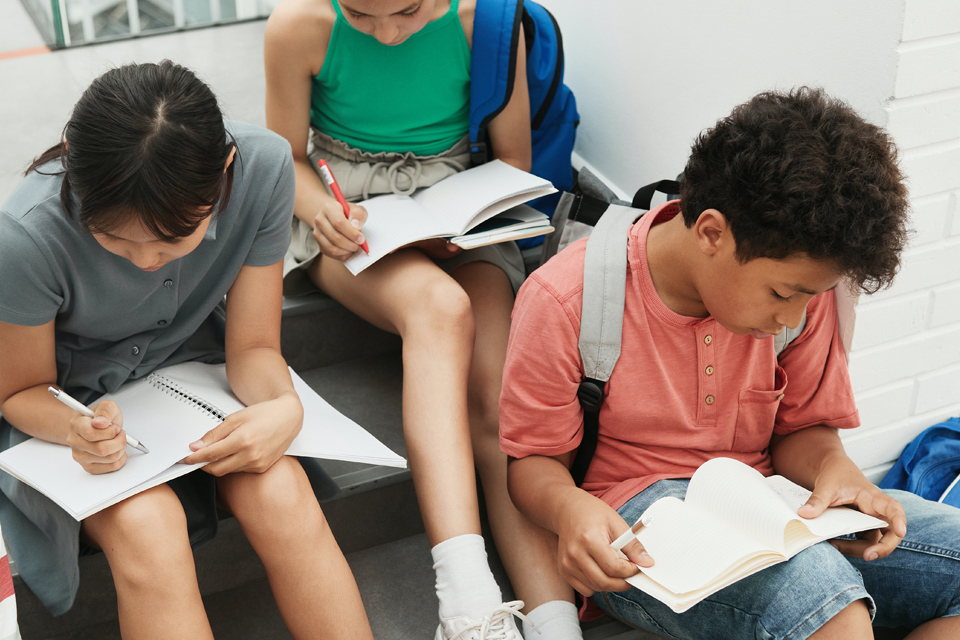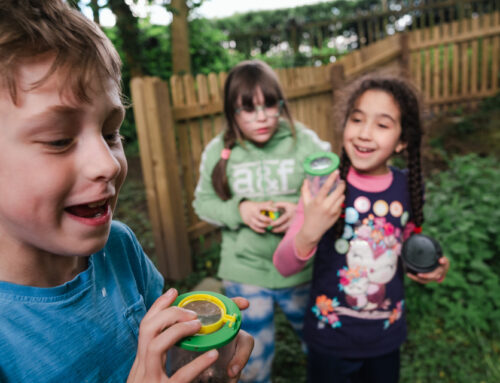When you hear the terms high learning potential, gifted or more/most able, there is a tendency to apply this to children as though they are one homogeneous group. In reality, however, although they may share many characteristics, children with high learning potential can have very different profiles and their high learning potential can lie on one of several levels. This means that, within the description of high learning potential itself, the pace of development and achievement of skills will vary significantly between those different levels of learning potential. To offer adequate provision and support to gifted children, particularly within a school setting, it is important to understand these levels – but also to hold realistic expectations of how children at these levels can be supported.
Potential Plus UK uses the following terms to describe levels of high learning potential*
Mildly
This term describes learners who are usually considered as “bright” children or “good” students. They usually comply with school rules and teaching tasks, and are easy to teach. They tend to mix well with age peers.
These learners are expected to easily enter university and cope with course work. They can benefit from accelerated work some of the time or in areas of interest.
Moderately
Children who are considered to have moderately high learning potential are usually far enough advanced that they need accelerated work from the start of their schooling. They are also likely to relate better to older peers with whom they can share their advanced interests and, if they are also verbally precocious, develop their social and emotional development.
These children are good leaders and are expected to attend competitive universities. Some are excellent students, but others may find the curriculum or pace of work too slow or irrelevant and thus underachieve, or choose to fit in with their peers by hiding their ability. They usually follow some form of postgraduate education.
Highly Gifted / High Level of High Learning Potential
Learners who fall into the high level of high learning potential are usually advanced for their age and need both accelerated work and support for asynchronous development** from the start of their schooling. Some are excellent students, but others may find the curriculum or pace of work too slow or irrelevant and become frustrated and demotivated, which usually leads to underachievement or becoming difficult to deal with in class. Some may also prefer to fit in with their peers by hiding their ability, which usually results in underachievement and poor wellbeing in the long run. Research shows that these children need to be with older children (or similarly able children) who are at the same stage of moral development and who are able to fulfil more developmentally advanced friendship needs. This is so that they can develop their socioemotional skills appropriately and prevent a sense of loneliness or being different, which negatively affects their sense of belonging and mental health.
It is expected that learners who are highly gifted are able to cope with any field at postgraduate level, with task commitment (i.e. perseverance and work ethics) being the main variable determining high achievement at this level.
Exceptionally or Profoundly
Children who have exceptionally or profoundly high learning potential are highly asynchronous. They not only need early entry into school but also continuous support that lets them work on a curriculum many years in advance of their age. Without this advanced curriculum, underchallenge will result in a barrier to learning. Underchallenge prevents the development of self-regulation in learning (or grit), demotivates the learner, and results in perfectionism, lack of engagement and poor wellbeing.
Children who have an exceptionally or profoundly high learning potential are extremely likely to struggle to relate to their age peers because children of their own age are usually perceived as immature. These two levels of high learning potential are usually accompanied by advanced vocabulary and moral development which tend to alienate this child from their age peers. To develop their social skills they need a variety of peers, such as older children, those who have similar (niche) interests, and those with similar levels of social and moral development, so that by sharing their passions and building meaningful friendships, they can develop a sense of belonging.
The majority of exceptionally or profoundly gifted children can complete KS5 content by the end of KS2, if offered the opportunity to work at their own faster pace. However, they may not be able to take exams unless supported, due to their asynchronous development. That is, their handwriting, organisation skills for advanced essay writing and other traits that develop with experience (and thus need time) are less likely to have developed at that same faster pace (although girls usually develop faster than boys in these areas).
The potential for exceptionally or profoundly high potential learners to be outstanding in their area of career interest will be realised if the appropriate environment and opportunities are provided for them, together with their developing the task commitment necessary for extraordinary achievements.
*Please note that these terms do not describe dual or multiple exceptional (twice exceptional) learners, whose characteristics may be different
**asynchronous development is the uneven development of skills between the cognitive, emotional and physical development of children, for example, as seen in Lily-Mae’s Story
About the author: Andrea Anguera is Potential Plus UK’s Assessment Services Manager and holds an MSc in the Psychology of Education and Child Development. She is the mother of two children with exceptionally high learning potential.






